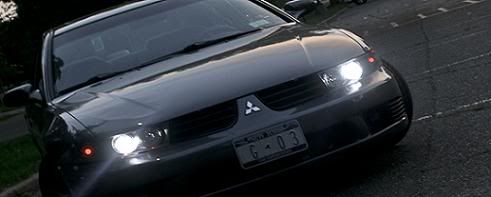just wanted to add on my insight for kid who dont own tools and want to buy
The spark plug sockets are generally 3/8s drives so for those buying tools to do spark plugs for themselves as well as doing comp test you can get a 3/8s drive usually they sell 3'' 6'' and 12'' extensions so if you get a 3'' and a 12'' you should be good. As well as the spark plug socket like he said get one with rubber grommet and the 10mm socket in 3/8s drive and you're set.
Everything else seems spot on good tut. Pictures would help newbies.
 Log in
Log in Register
Register





 Reply With Quote
Reply With Quote



Bookmarks